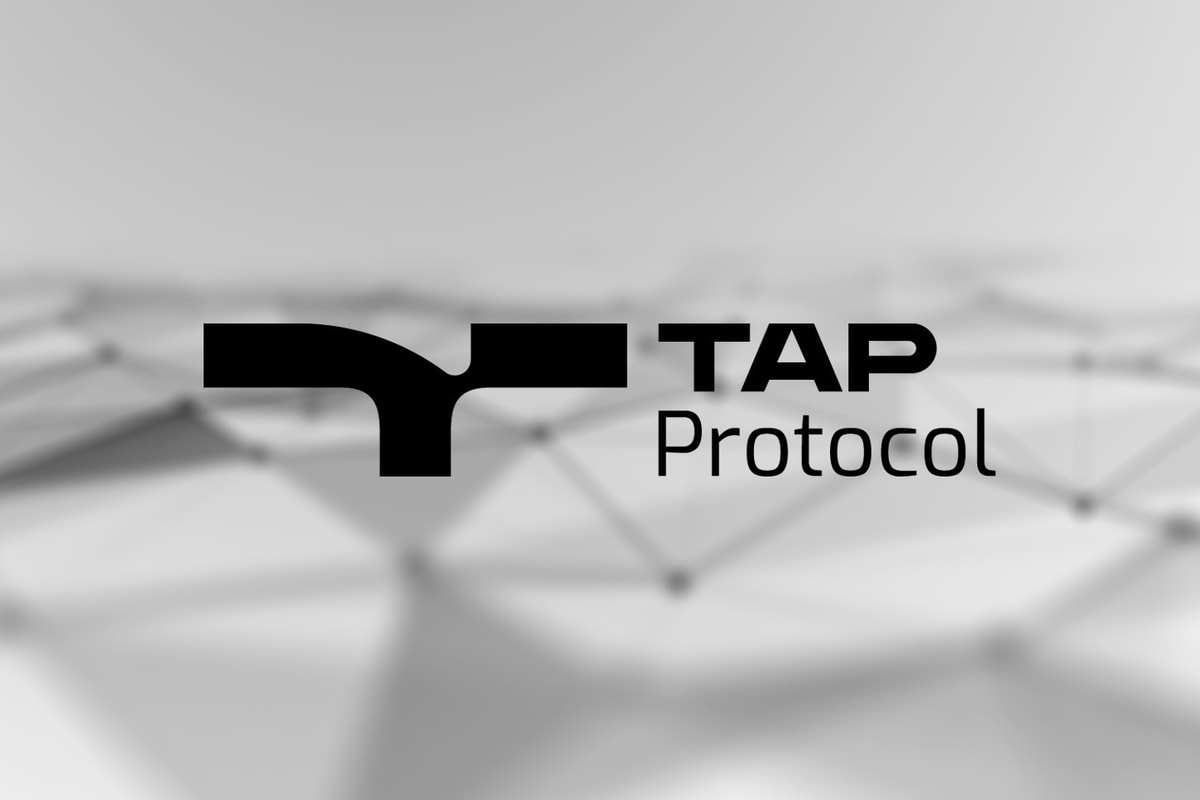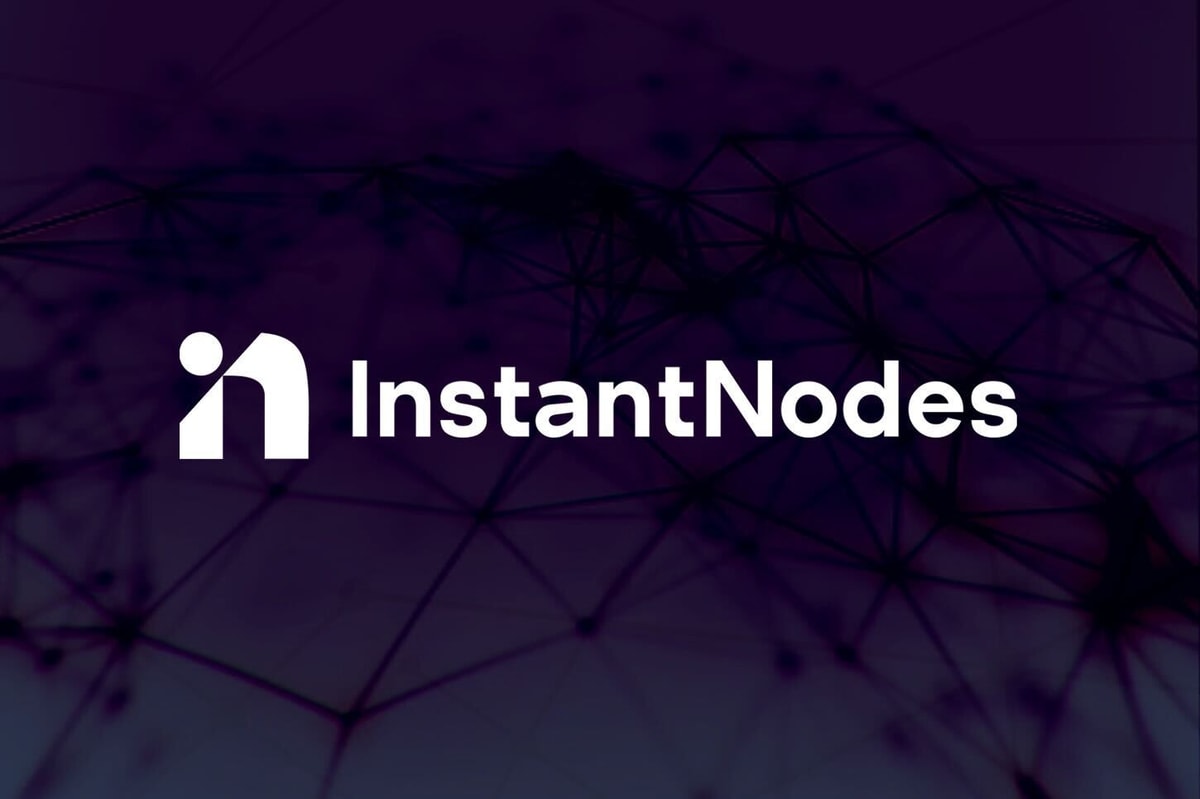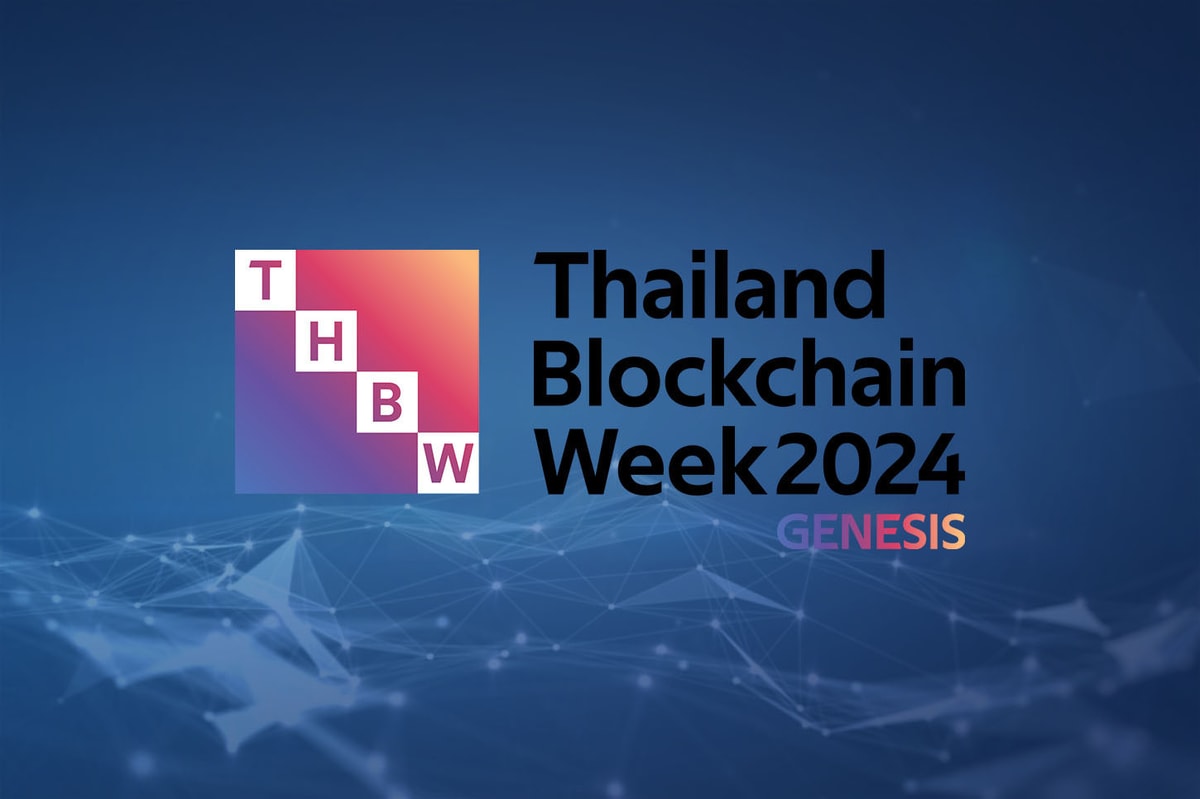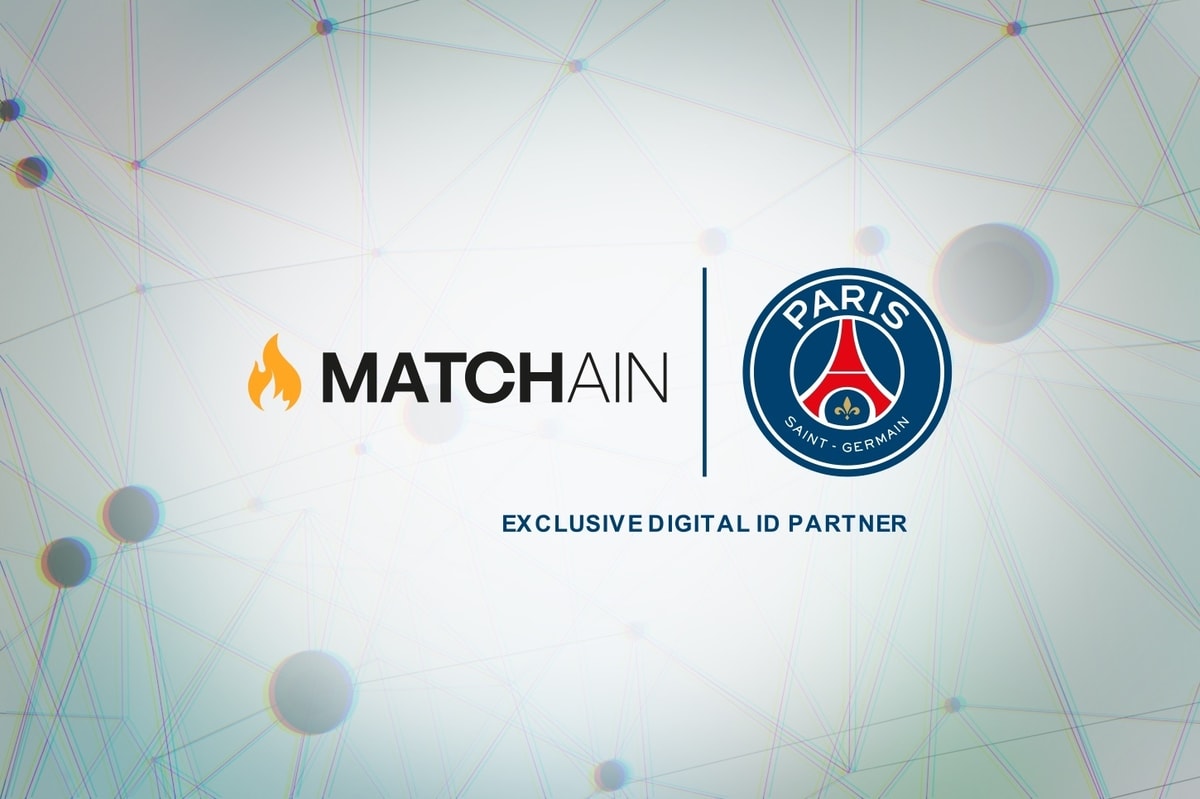Web3 denotes a relatively abstract concept, and it also refers to a grand infrastructure, which we can divide into the following levels:
The blockchain network layer is arguably the cornerstone of Web3, composed of the most well-known blockchain networks like Bitcoin, Ethereum, BNB Chain, Polygon, etc. It is known that the birth of Ethereum has allowed decentralized finance (DeFi) to develop by leaps and bounds. But meanwhile, it has long been stipulated in the planning of Ethereum to build a “World Computer," which means seeking solutions to the storage problem. Although the concept of “Storage” space appeared in the early technical definition of Ethereum, the high gas cost and low efficiency accompanying storage functions determined that Ethereum cannot store too much data. In reality, no other blockchain had perfectly solved the storage problem on top of Ethereum. Thus, the storage-oriented blockchain networks thrived, with premium projects such as Arweave and Filecoin. Filecoin is almost an exception — with advantageous storage solutions, it created the Filecoin Virtual Machine (FVM), aiming to add a layer 1. Such a great leap has allowed Filecoin to evolve from a storage-oriented network to a competitor in the public chain racetrack. FVM allows Ethereum Virtual Machine (EVM) developers to deploy smart contract instances to FVM with familiar Ethereum tools out-of-the-box, which means that many applications written in solidity can easily transition to using FVM. At this point, Filecoin’s hybrid architecture of storage and compute programmability is visible.
The urgent need for decentralized storage in applications demanded a middle layer. Sinso works as a middleware infrastructure connecting the blockchain network layer and application layer.
The middle layer we defined has these components:

Sinso has five major components: Donors Network, Sinso Getway, DataLand, DApp Cube and Sinso DAC. As detailed in Sinso’s roadmap, Sinso Getway and DataLand constitute the tasks for the first stage of development and have delivered version 1. Sinso Getway is designed to tackle inefficiencies of decentralized applications (DApps) accessing the persistent storage layer, which is not that easy. The first step is to build a crowdsourced network (not a private network) based on a free-market competition mechanism to maintain decentralized consistency. After more than a year of testing, Sinso has perfected a model for a distributed cache network built by a large group of miners. Offering a certain amount of free storage, Sinso Getway has released an API that allows users to write data to storage space. As an important blockchain middleware, Sinso Getway is like the cache in cloud computing, a high-speed content delivery network, or a load-balancing facility. To understand why middleware is so powerful and attractive, you can look back at the history of WebLogic and BEA, which Oracle acquired. The ultimate motivation behind this is human’s desire to free technology from labs and apply it to large-scale commercial applications or even create high throughput business for the world. Born in 2000 during the internet explosion, WebLogic was to address the demands in performance, scalability and high availability for web application systems. Now in 2023 — the second year of the metaverse. The next trigger of the booming industry will be the most dazzling blockchain infrastructure; thus, middleware architectures have come to the stage.
Sinso DataLand is another product at the application level whose prototype has been released and is available for everyone to play with (For a detailed introduction to DataLand, please refer to the article “Native Motivity of Web3.0 Ecology”). It is important to note that DataLand is a product for common customers and a powerful tool for business entities to build private domain traffic. By transforming the business model from a centralized paradigm to a decentralized one, DataLand will provide rich APIs to business clients. Assuming a business organization is to develop a decentralized business-to-business (B2B) model, then DataLand will be an ideal entry point. In contrast to its competitors, DataLand is a metaverse for personal data. This business model will work if people agree that data is humanity’s greatest asset. There is no doubt that DataLand, a “metaverse-oriented distributed storage niche market,” can preliminarily establish a business model that has never been included in Web2. With significant differences from the WebLogic era, which takes simple B2B models as the core, the Web3 era has centered its priorities on individuals, based on which business clients can further build new business models. Since then, business-to-customer and B2B models have reached a high degree of agreement regarding ideas and interests. This is not a patchwork of technologies but the soil for building a new commercial species.
As the focus of Sinso’s development work in 2023, Donors Network will make data more sequenced, enable the construction of a new data economy and further build an incentive layer for Sinso’s token economy. Different from Web2, Donors Network will construct a completely different ecology. While the former is completed by the sales of sales-as-a-service standard or cloud computing, Donors Network introduces incentivization from the beginning of network construction. It can be understood that crowdsourcing is applied even in the manufacturing of a component. The simplest and most intuitive application rudiment of Donors Network is the combination of storage miners and guarantors, which is essentially a DeFi concept. Web2 only solves functional problems, whereas Web3 has begun to deal with the division of labor and cooperation in society. Most of the time, data producers and developers are in separate roles, so they need to cooperate — Web2 will not solve this problem. Thanks to the token economy based on blockchain technology, this problem is properly solved so that we can empower market regulation mechanisms. Working with the data “soil,” the tools will be more abstract, but such progress is in line with the revolution in productivity and production relations.
Sinso DAC is a data-oriented decentralized autonomous organization (DAO) governance framework based on FVM and AmStar chain. DAOs are also critical to the data economy. We could create a storage contract that would allow storage providers to add content identifiers (CIDs) to interact with Filecoin’s built-in storage marketplace and store data in Filecoin. The DAO members must approve the process of adding CID through a voting mechanism. This is a simple description of DAO governance to present a data-oriented governance pattern with broad application scenarios in the future. The definition of Web3 as individual-oriented internet is well established. Furthermore, DAOs should be the only answer for now on how to organize humans for large-scale collaboration. Sinso DAC is a data-oriented DAO framework. As a public product, its birth will promote the further upgrade of human civilization. In his book “The Patient Will See You Now,” Eric Topol lays out the vision of large-scale collaboration with medical data. Still, in Web2, it is almost impossible to achieve that because it is difficult to maximize the use of medical data while protecting personal privacy. Sinso DAC will be the soil to build public products of medical data and make it a reality for humans to share medical data on a large scale.
Sinso DApp Cube is building a unique platform, representing an experimental area for integrating the free market and technology. It is an open research and development environment for web infrastructure. As we all know, the legend of blockchain was formulated by free and open-source software, and it is difficult for the corporatization system to produce excellent products continuously. Sinso DApp Cube allows developers from around the world to settle into the Sinso developer ecology, with rewarding rules based on reference times and payment. As a free software stack with an incentive layer, DApp Cube can provide services for the protocol, intermediate and application layers. Some of these services are for internal members only; some are standardized services and products open to external clients; and some have industrial attributes. In short, Sinso DApp Cube builds an exchange for free software.
To build an integrated DApp, in addition to using layer 1 and distributed storage, you also need security audit, oracle, index query service, API service, data analysis, data storage, DeFi, digital identity, DAO governance and other related components. In the specific development process, Sinso provides a series of key data-oriented components so that DApps centered on data asset operation can use Sinso to build a fast development plan. Sinso provides not only tools but also empowerment from Sinso ecology. The middleware system of Web3 will bring more in-depth application scenarios than Web2, especially the evolution of business models.











